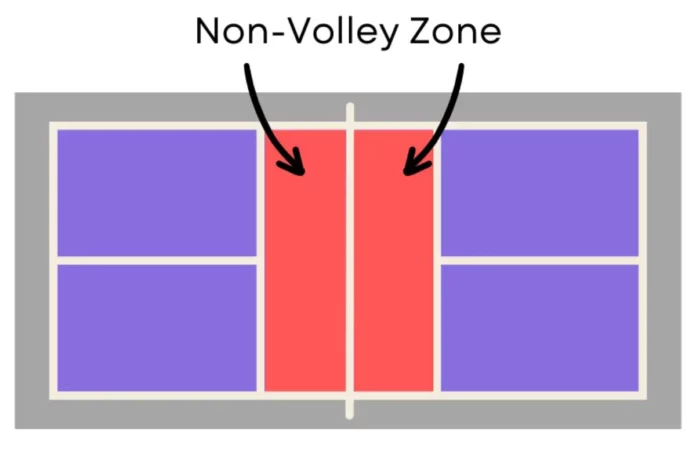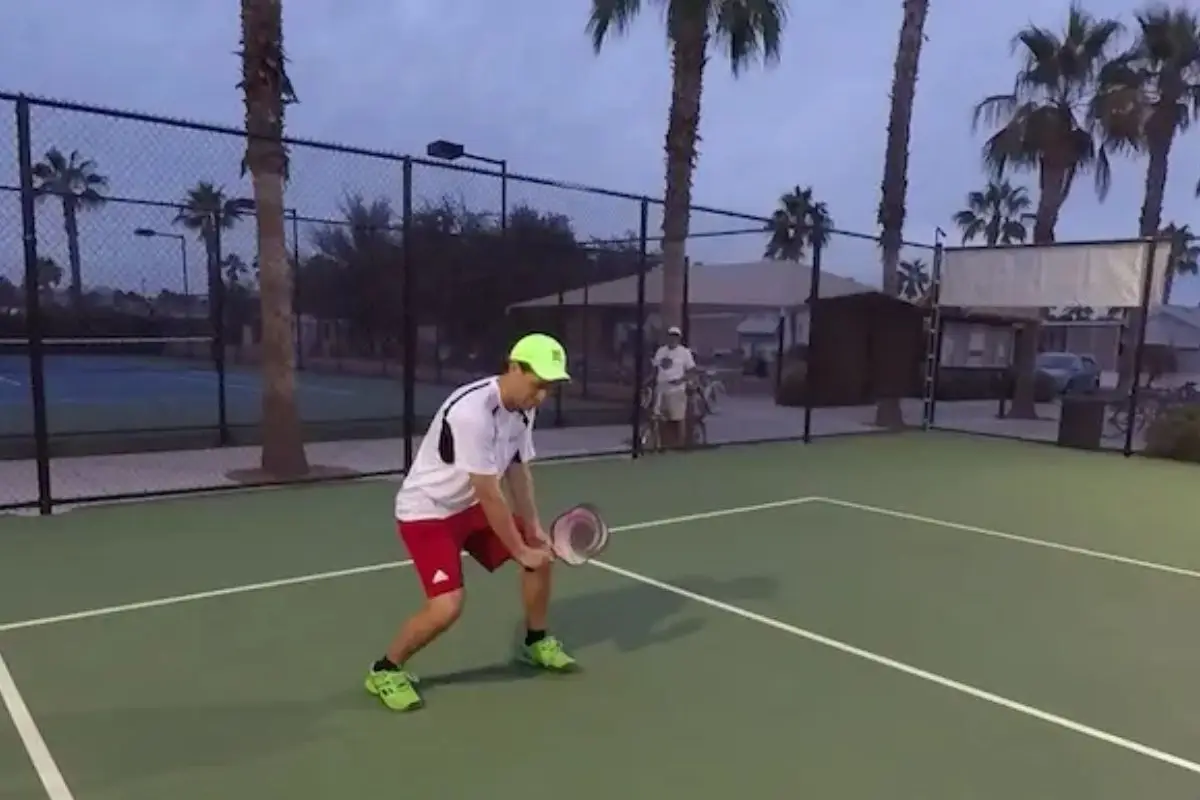Dominate the Pickleball Non-Volley Zone: For many pickleball players, the exhilaration of hitting a powerful winner down the line can be irresistible. However, it’s the mastery of dink strategy and precise placement that provides the fastest route to improvement. Below are four proven tactics that can lead to domination of the NVZ (Non-Volley Zone).
The Importance of Mixing It Up
Predictability is an opponent’s best friend. The cross-court dink, which many amateurs favor, becomes too easy to read, allowing the opponent to anticipate and counter. To break free from this cycle, players must vary their dink placement, forcing the opponent into a constant state of uncertainty.
Why This Works:
- Forces the opponent to cover more ground, heightening the chance for errors.
- Creates openings for aggressive plays, including speed-ups.
Practice Tip:
Set up six zones behind the kitchen line using cones, tape, or chalk. The challenge: avoid hitting the same zone consecutively. Failure to do so results in losing the point. This practice helps build precision and adaptability in placement.
Middle Dinks: A Test of Communication
The middle of the court is often where partnerships either thrive or falter. Targeting the middle forces confusion between the opponents, especially in cases where they hesitate about who should take the shot. Even experienced teams may struggle with this.
Why This Strategy Works:
- Reduces available space, limiting opportunities for sharp-angle attacks.
- Encourages softer returns or pop-ups, giving the attacker control.
Pro Tip:
In the early stages of a match, use middle dinks to test the opponents’ ability to communicate. If hesitation or confusion is detected, continue targeting the middle. Once weaknesses are identified, focus on the player most vulnerable at the kitchen line.
Wide Dinks to Create Space
When facing opponents, sometimes the most effective tactic is to force them apart. This strategy works by moving opponents wide with a deep dink, then sneaking one down the middle to exploit the chaos created.
Why This Approach Works:
- Forces opponents to cover a larger area, increasing the likelihood of mistakes.
- Opens up the middle of the court for a potential speed-up or attack.
Exploiting Weaknesses in the Opposing Team
Every team has one player who may be struggling with nerves or inconsistent shots. Identifying this weakness and directing dinks toward that player can lead to a series of forced errors.
Why This Works:
- Puts pressure on the weaker player, causing errors and mistakes.
- Provides an opportunity to take advantage of moments when the player is low on confidence.
Caution:
It’s essential not to overuse this strategy. Over focusing on one opponent allows them to adjust and possibly regain composure, so varying placements is key to maintaining control of the game.
Visualizing the Strategies in Action
Watch Catherine Parenteau’s video to see these strategies in action and understand their practical application on the court.
Avoiding Dead Dinks
A “dead dink” is one that’s too high or lands too short, essentially inviting an opponent to speed up the return. To avoid this, dinks should land in the pressurized zone—just inches from the net—forcing the opponent into a defensive return.
When dinks begin to lose their effectiveness, recalibrate the paddle angle or switch to a safer slice to regain control.
News in Brief: Dominate the Pickleball Non-Volley Zone
Mastering dink placement is essential for improving one’s pickleball game. Four key pickleball strategies include varying dink placements to prevent predictability, targeting the middle to create confusion, using wide dinks to spread opponents, and focusing on the weaker player. Avoid dead dinks by ensuring precise, low-landing shots.
ALSO READ: Mastering New Shots in Pickleball: A Step-by-Step Guide to Skill Development


